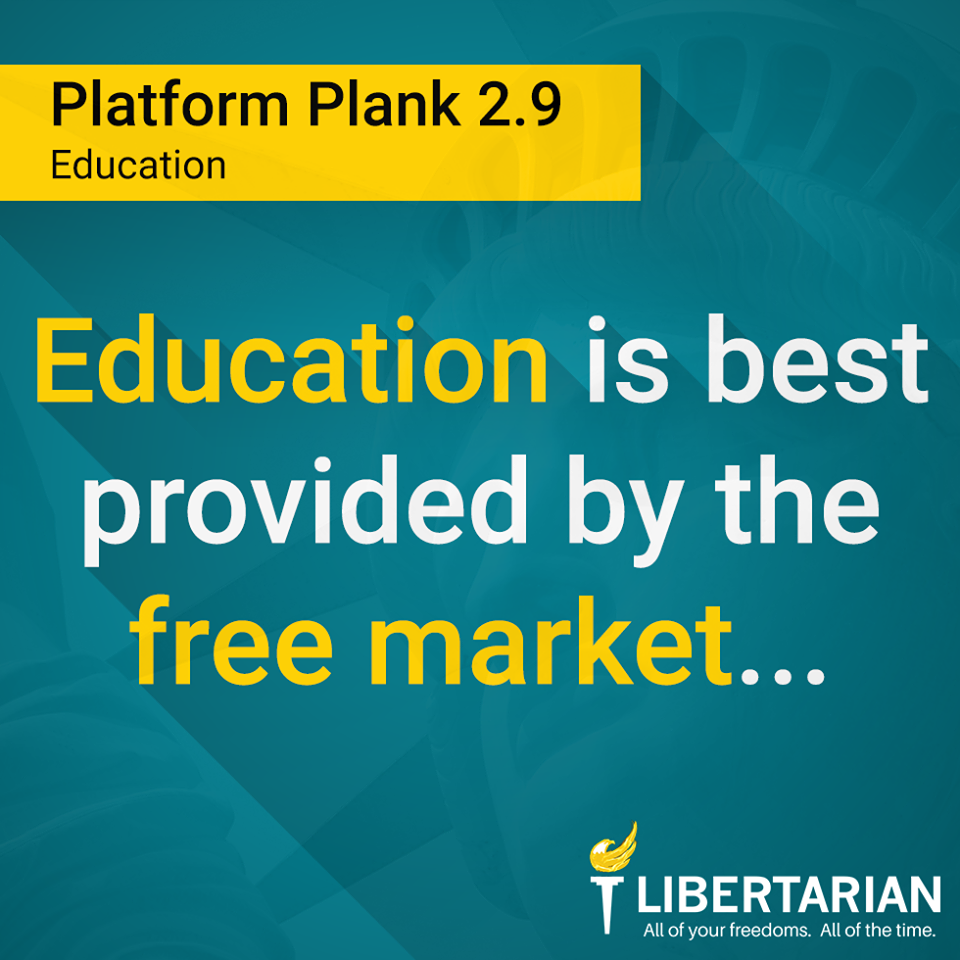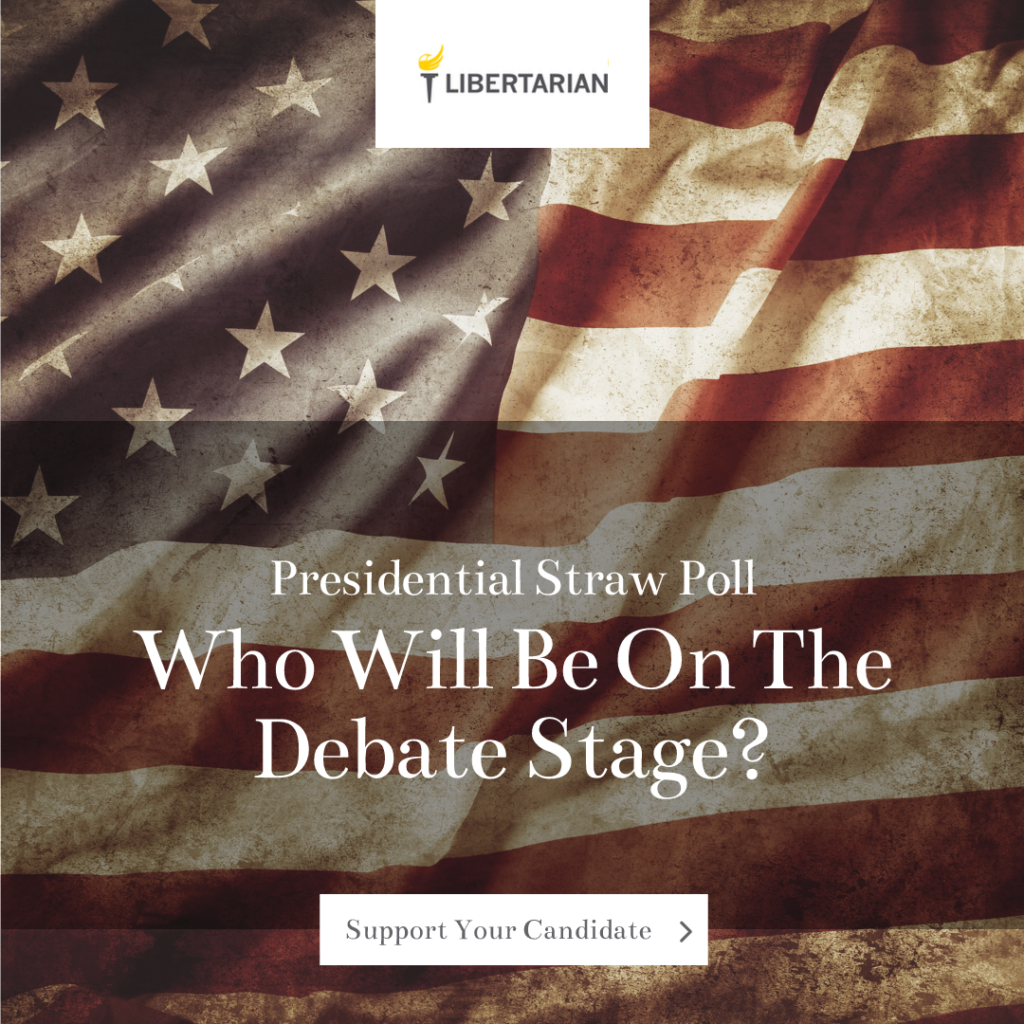In late April, President Donald Trump signed the “Education Federalism Executive Order,” which directs Secretary of Education Betsy DeVos to conduct a 300-day review of whether to rescind regulations and guidance documents that mandate top-down K–12 education policies and limit educational options at the state, local, and family levels. This could arguably include the majority of federal education policy.
Government involvement in education at the national level dates back to at least the Lyndon Johnson administration, when the 1965 Elementary and Secondary Education Act disbursed grants to low-income school districts. Jimmy Carter established the Department of Education (DOE) in 1979, and several sweeping education bills have been passed since, including Bill Clinton’s Goals 2000, George W. Bush’s No Child Left Behind, and Barack Obama’s Every Student Succeeds Act, which was passed after the DOE admitted that “over time, NCLB’s prescriptive requirements became increasingly unworkable for schools and educators.” It turns out that centralized education policy is just as bad as centralized economic policy at accounting for diverse conditions and needs.
“The Department of Education is now spending over $68 billion,” said Libertarian National Committee Executive Director Wes Benedict. “That’s enough to account for more than 10 percent of the annual federal deficit. The results of all that increased spending range from no change in educational outcomes to slightly poorer educational results.”
Between 2005 and 2015, according to the National Center for Educational Statistics, the average of scores for reading, mathematics, and writing have decreased from 506 to 497. Between 1986 and 2015, the average of scores for reading and mathematics have decreased from 504 to 503.
“Spending more federal dollars on education clearly doesn’t lead to better educational results for students, and may even harm them,” Benedict said. “There’s a reason for that. A centralized one-size-fits-all approach short-circuits the ability of schools, teachers, and parents to determine the best ways to meet their own students’ unique needs. The Department of Education doesn’t actually educate anyone. Instead, it gets in the way of local schools and private schools providing the kinds of education that work best in their neighborhoods.”
Federal education grants also come with strings attached. For instance, the Connecticut State Department of Education applied for and was granted funds to spend on a DOE Migrant Education Program. Connecticut officials spent all the funds and believed they had fulfilled all of the grant conditions, but the federal DOE thought otherwise. After nearly a decade of legal proceedings, and despite admitting no guilt, the state paid $4.5 million of Connecticut taxpayer money to settle with the DOE — with interest.
“About 11 percent of education is funded through federal grants,” Benedict said. “The extra bureaucracy needed to avoid problems like Connecticut’s probably eats up a huge portion of that 11 percent in extra money. Centralized decision making at the federal level means that mistakes are huge and very difficult to fix. Decentralized decision making at the local school level means that mistakes affect fewer students and can be quickly repaired. Even more responsive to fixing problems are the private schools that will quickly lose their customers if they don’t shape up.”
Although it’s possible that Trump’s new executive order will scale back some of the worst excesses of federal education policy, it will almost certainly have a fleeting effect, at best, on an entrenched long-term problem.
“Trump’s executive order can only be temporary,” Benedict said. “It can easily be reversed by the next administration. The president and Congress should make the obvious, more lasting, move eliminating the DOE. Since it was first established, educational outcomes have, on average, remained flat or decreased. The DOE has failed, and its elimination would be a painless way to cut $68 billion in federal spending. This would be a painless solution — except, of course, for the bureaucrats working at the agency. Unemployment is at record lows, however, and I suspect that they can find productive jobs in the private sector.”
When elected, one of the first reforms that Libertarians would make is eliminating counterproductive spending — including federal education spending, with its consistently poor track record. To that end, the Libertarian Party aims to run more than 2,000 candidates for local, state, and federal elective office in 2018.




